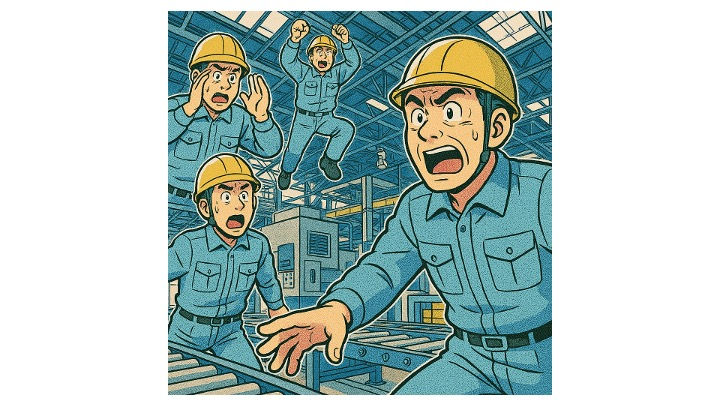Antinomy of TPS
- hidet77
- Aug 17, 2021
- 3 min read

Every time there is a problem in Toyota’s supply chain, there is an article about why Just In Time doesn’t work. Or Toyota took contradicting action from its philosophy, Just In Time. But the system incorporates “antinomy” just like many other subjects. Understanding this “antinomy” or the “contradiction” helps us understand the system better.
“Contradiction.” In Japanese, we write as 矛盾, spear & shield. This concept came from ancient China. There was a merchant who sold weapons. He said, “Spear! Spear! It goes through any Shield!” and then “Shield! Shield! This shield will protect you from any Spear!” So the crowd asked, “What is going to happen if we use this spear to attack that shield?” The merchant could not answer and run away.
But what will happen if I hold the best spear on the one hand and the best shield on the other hand?
Isn’t Toyota Production System filled with the best “Spears” and “Shields”? For example, Kaizen and standardization. Kaizen is about continuous improvement or change. Standard is about not changing. Contradicting? It continues.
Once the standardized work is in place, they will pull the Andon when they can not follow it. Andon will indicate that the line will stop. But immediately when the Andon is on, the team leader will respond to support the line. The team leader’s mission is NOT to stop the line. They will support the operator so that the line can keep producing. Contradicting? It continues.
When Andon went on, or the line did stop, there is a problem. Toyota production system is a system that highlights a problem and immediately takes problem-solving actions. So do they love problems? I don’t think so. They hate problems more than typical companies. They hate the waste as much as the problems, so they don’t dump resources to overcome it. They don’t want to see repeated problems, so they focus on prevention. I had an opportunity to speak with a quality guru, and he mentioned that his responsibility was not to occur any problems. (To do that, he said he needs to be on the shop floor problem-solving.) In “Decoding Toyota DNA,” Dr. Bowen and Dr. Spears mention as “it is the continual response to the problems that makes this seemingly rigid system so flexible and adaptable to changing circumstances.” “Rigid” but “Flexible”? It is like a symbol of “Yin and yang,” a delicate balance of light and darkness. We must see the full circle of the system.
Back to the Just In Time. In the current semiconductor crisis, Toyota survived “better” because it had an inventory of semiconductors. So are they celebrating the safety stock, and that is the “New Normal”? I don’t think so. Cash is essential, and the cost of inventory will hurt the business. This safety inventory rule only applies to high-risk supply chains. (And they have been suffering from this component supplier for years.) And adding a stock won’t be their only action. There will be an A3 on how they can go back to Just In Time production somewhere in the organization. Just In Time production is unique because it defined “1 by 1 Continuous flow,” “Takt time,” and “pull system” as the “light” while keeping the inventory as the “dark side.” Traditional thinking kept inventory calculation as “light” while ignoring the other principles of Just In Time Production. The use of safety inventory is not necessarily prohibited. Instead, what is essential is recovering from inventory relied condition to the light side of Just In Time Production.
Some people might think of TPS as a “Jedi using Dark forces.” But TPS is not some mysterious force or magic. It is a practical activity. It is a balanced operation with always an effort toward the light side. The majority of the hidden side is “common sense.”
So what do I call this balancing of antinomy? Management.



Comments